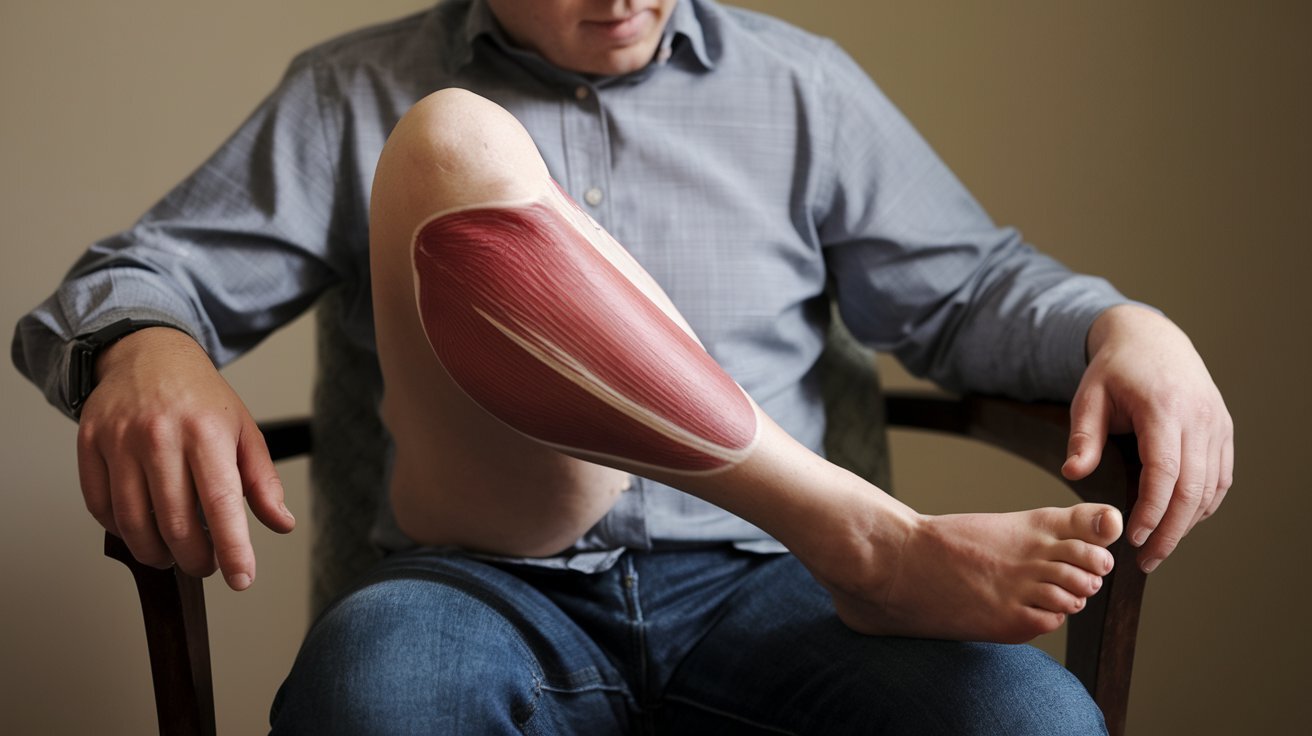
What is Batten–Turner Muscular Dystrophy? Batten–Turner Muscular Dystrophy (BTMD) is a rare genetic disorder that primarily affects children, leading to progressive muscle weakness and degeneration. This condition is caused by mutations in the TDP2 gene, which plays a crucial role in DNA repair and transcription regulation. BTMD is inherited in an autosomal recessive manner, meaning both parents must carry the mutated gene for their child to be affected. Symptoms usually appear between ages 1 and 3, starting with muscle weakness and difficulty with motor skills. As the disease progresses, it can lead to significant disability, respiratory issues, and cardiac complications.
What is Batten–Turner Muscular Dystrophy?
Batten–Turner Muscular Dystrophy (BTMD) is a rare and severe genetic disorder. It primarily affects children, leading to progressive muscle degeneration and weakness. Here are some key facts to understand this condition better:
-
Definition: BTMD is a rare genetic disorder named after Batten and Turner, who first described it. It falls under the category of muscular dystrophies.
-
Genetics: Mutations in the TDP2 gene cause BTMD. This gene encodes a protein involved in DNA repair and transcription regulation. The disorder is inherited in an autosomal recessive manner, meaning both parents must carry the mutated gene for their child to be affected.
How Rare is BTMD?
The rarity of BTMD makes it challenging to gather comprehensive data. Its low prevalence means that few cases are reported worldwide.
- Prevalence: BTMD is extremely rare, with only a handful of cases reported globally. This rarity complicates research and data collection.
Symptoms and Progression
BTMD symptoms typically begin in early childhood. The disease progresses rapidly, leading to severe muscle weakness and other complications.
-
Symptoms: Symptoms usually start between ages 1 and 3. Initial signs include muscle weakness, especially in muscles closer to the trunk, and difficulty with motor skills like walking and running.
-
Muscle Degeneration: As BTMD progresses, muscle degeneration accelerates. This leads to significant muscle wasting and weakness, often resulting in the loss of ambulation and the need for wheelchair assistance at a young age.
Complications Beyond Muscles
BTMD affects more than just muscles. It can lead to severe complications involving the heart and respiratory system.
-
Cardiac Involvement: BTMD often affects the heart, leading to cardiomyopathy. This condition weakens the heart muscle, potentially causing heart failure and other cardiac issues.
-
Respiratory Issues: Respiratory muscle weakness is common in BTMD. This can cause breathing difficulties, requiring ventilators or other respiratory support devices.
Cognitive and Diagnostic Challenges
BTMD can also impact cognitive functions. Diagnosing this rare condition presents unique challenges.
-
Cognitive Impairment: Some individuals with BTMD may experience cognitive impairment, including learning difficulties and developmental delays. The extent of cognitive involvement varies widely among affected individuals.
-
Diagnostic Challenges: Diagnosing BTMD is difficult due to its rarity and lack of specific markers. Genetic testing for TDP2 gene mutations is often needed to confirm the diagnosis.
Diagnostic Tests and Prognosis
Various tests help diagnose BTMD, and understanding the prognosis is crucial for managing the condition.
-
Diagnostic Tests: Genetic testing to identify TDP2 gene mutations is crucial. Elevated creatine kinase (CK) levels in the blood may indicate muscle damage, though this is not specific to BTMD.
-
Prognosis: The prognosis for BTMD is generally poor. Most affected children lose the ability to walk and require significant medical support, including respiratory therapy and cardiac monitoring. The average life expectancy is typically in the early twenties, with many individuals succumbing to respiratory or cardiac complications.
Treatment and Research Efforts
Currently, no specific treatment exists for BTMD. However, ongoing research aims to find potential therapies.
-
Treatment Options: There is no specific treatment for BTMD. Management focuses on addressing symptoms and complications as they arise. This includes physical therapy, respiratory therapy, and cardiac care. Corticosteroids may slow muscle degeneration but have significant side effects.
-
Research Efforts: Despite its rarity, research into BTMD continues. Scientists work to understand the molecular mechanisms and develop potential therapies. However, limited funding and the small number of affected individuals hinder these efforts.
Support and Counseling
Support organizations and genetic counseling play vital roles for families affected by BTMD.
-
Support Organizations: Groups like the Muscular Dystrophy Association (MDA) and Parent Project Muscular Dystrophy (PPMD) provide critical support to families. They offer resources, advocacy, and research funding.
-
Genetic Counseling: Genetic counseling is essential for families with a history of BTMD. It helps in understanding inheritance risks and making informed decisions about future pregnancies. Carrier testing for family members can identify those at risk of passing on the mutated gene.
Ethical and Global Considerations
BTMD raises complex ethical issues and has a global impact on affected families.
-
Ethical Considerations: The severity of BTMD raises ethical questions. Decisions about aggressive medical interventions versus palliative care can be challenging. Families must weigh potential benefits against quality of life and the likelihood of significant improvement.
-
Global Impact: BTMD's rarity has significant implications for affected families. The emotional and financial burdens of managing a severe genetic disorder are immense. International collaborations and support networks are crucial in addressing these challenges.
Awareness and Future Directions
Raising awareness and exploring future treatment options are essential for improving the lives of those with BTMD.
-
Awareness and Education: Raising awareness about BTMD is crucial for improving diagnosis rates and supporting affected families. Educational programs and advocacy efforts help in understanding the condition better and promoting research initiatives.
-
Future Directions: Despite challenges, hope exists for future advancements in BTMD management and treatment. Emerging technologies like gene therapy and stem cell therapy hold promise for potentially reversing or halting disease progression. Continued research and collaboration are necessary to bring these therapies to fruition.
-
Community Support: The BTMD community is small but resilient. Support groups and online forums provide a vital lifeline for families navigating this rare condition. These networks offer emotional support, practical advice, and a sense of belonging among those who understand the unique challenges of living with BTMD.
Final Thoughts on Batten–Turner Muscular Dystrophy
Batten–Turner Muscular Dystrophy (BTMD) is a rare, severe genetic disorder affecting children. It leads to progressive muscle degeneration, weakness, and often premature death. Caused by mutations in the TDP2 gene, BTMD is inherited in an autosomal recessive manner. Symptoms usually appear between ages 1 and 3, including muscle weakness, difficulty with motor skills, and potential cognitive impairment. As the disease progresses, affected individuals may lose the ability to walk and require significant medical support. Currently, no specific treatment exists, but management focuses on symptom relief and supportive care. Research continues to explore potential therapies, though challenges remain due to the condition's rarity. Support organizations and genetic counseling play crucial roles in helping affected families. Raising awareness and fostering community support are essential for improving the lives of those with BTMD.
Was this page helpful?
Our commitment to delivering trustworthy and engaging content is at the heart of what we do. Each fact on our site is contributed by real users like you, bringing a wealth of diverse insights and information. To ensure the highest standards of accuracy and reliability, our dedicated editors meticulously review each submission. This process guarantees that the facts we share are not only fascinating but also credible. Trust in our commitment to quality and authenticity as you explore and learn with us.


